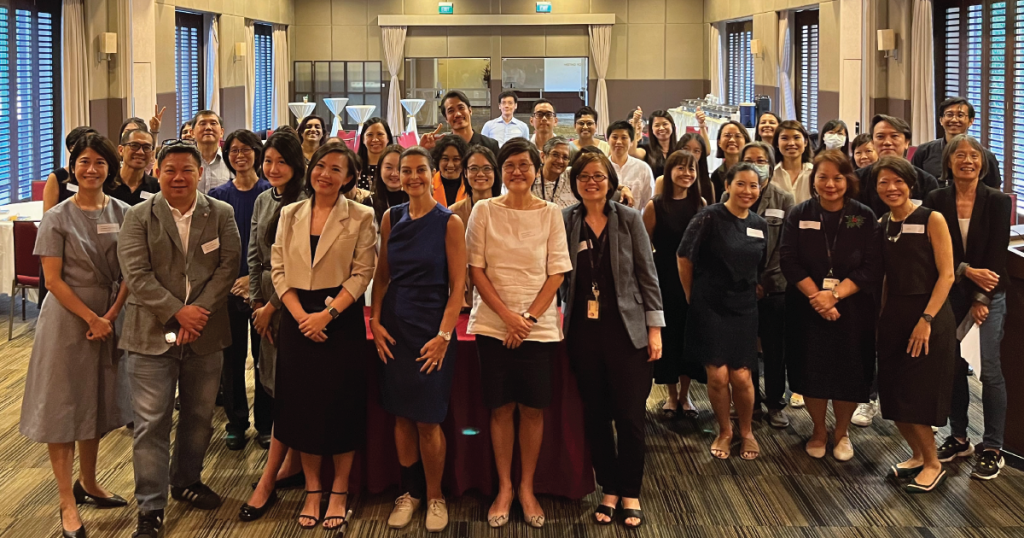
In today’s diverse workplace, collaborating across multiple generations is becoming increasingly common. Diversity and Inclusion (D&I) extends beyond gender, disability, and culture—it also encompasses age. As different generations work together, organizations are bound to face certain challenges. It is vital for companies to proactively address and bridge generational gaps to create a cohesive and collaborative environment where everyone feels valued and included.
Here are some key challenges companies may face when managing a multi-generational workforce:
Communication Gaps
Effective communication is fundamental to workplace relationships and collaboration. However, generational differences in communication preferences can lead to misunderstandings and frustrations. Older generations often prefer traditional methods, such as face-to-face meetings or phone calls, while younger employees tend to favor digital tools like email or messaging apps. When these preferences are not harmonized, it can strain relationships and negatively impact productivity.
Differing Work Values
Generational differences also include work values. Older employees often value structure, hierarchy, and well-defined roles, while younger generations prefer autonomy, flexibility, and flatter organizational structures. Additionally, while work-life balance is universally valued, older generations may prioritize career progression, while younger employees seek more flexibility to balance their personal and professional lives.
Technology Proficiency Disparity
Rapid technological advancements have introduced new tools to improve business efficiency. However, generational disparities in technological proficiency can create challenges. Older employees may find it difficult to adapt to new technologies, while younger generations are generally more adept at leveraging digital tools. If left unaddressed, this gap can affect productivity and collaboration, and potentially lead to feelings of isolation or frustration among older employees.
While the challenges are clear, these strategies can help organizations thrive in a multi-generational workforce.
Foster Open Communication
Encouraging open communication across all levels is critical to bridging generational gaps. Creating a culture where employees feel comfortable sharing ideas and feedback without fear of judgment is key. Tools like feedback forms and regular team discussions can facilitate this. Additionally, providing training that highlights generational communication differences can help employees better understand each other’s preferences, fostering mutual respect and enhancing teamwork.
Embrace Flexibility
Flexibility is essential for accommodating the diverse needs of a multi-generational workforce. Offering options like remote work and flexible work hours can help create an inclusive and supportive environment. By catering to varying work preferences, companies can enhance both productivity and job satisfaction across all age groups.
Promote Intergenerational Collaboration
Encouraging collaboration between different generations can break down stereotypes and promote knowledge sharing. Working together in a project can provide opportunities for older employees to offer their valuable experience while younger generations contribute fresh perspectives and technological expertise. Intergenerational collaboration of this nature can foster innovation and strengthens team dynamics, ultimately driving business success.
In conclusion, managing a multi-generational workforce is crucial to organizational success. By recognizing and addressing the challenges that arise from generational diversity, companies can cultivate an inclusive, productive, and innovative environment where every employee feels valued and respected. Embracing generational differences not only enhances collaboration but also positions organizations to thrive in an evolving workplace landscape.









